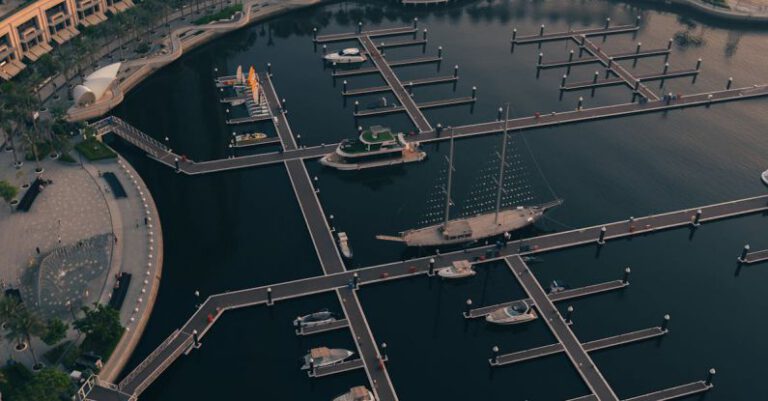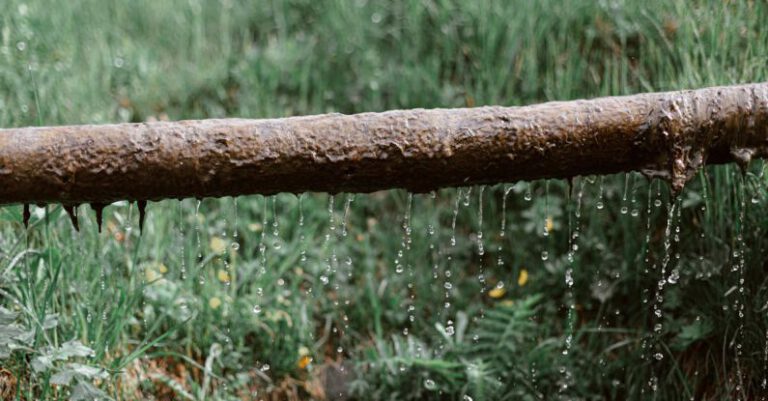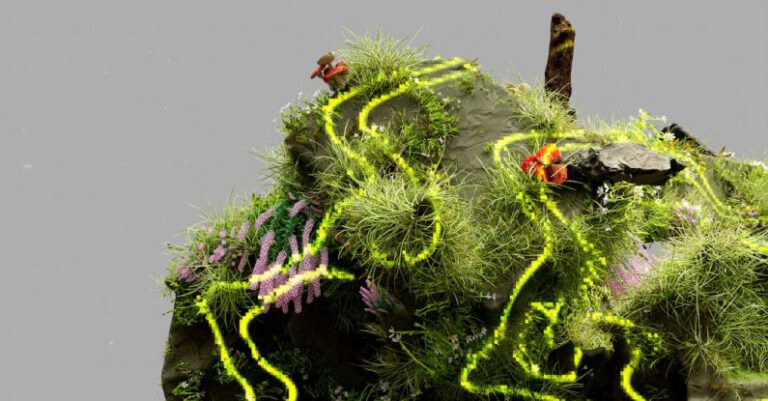Are There Any Incentives for Installing Green Roofs in Cities?
As urbanization continues to rapidly expand, cities around the world are facing numerous environmental challenges, including air pollution, heat islands, and stormwater management issues. In response to these challenges, the concept of green roofs has gained popularity as a sustainable solution to combat these urban environmental problems. Green roofs, also known as living roofs or eco-roofs, are vegetative layers installed on top of buildings, providing a range of benefits to both the environment and building owners. The question arises: are there any incentives for installing green roofs in cities?
Benefits of Green Roofs
Green roofs offer a multitude of benefits that extend beyond just aesthetics. One of the primary advantages is their ability to reduce urban heat island effect. In densely populated cities, vast expanses of concrete and asphalt absorb and retain heat, leading to elevated temperatures. Green roofs, on the other hand, act as natural insulators, cooling buildings and the surrounding area through evapotranspiration, where plants release water vapor. This cooling effect can help mitigate the heat island effect, creating a more comfortable urban environment.
Furthermore, green roofs can improve air quality by capturing airborne pollutants and dust particles. The plants on green roofs absorb carbon dioxide and produce oxygen through photosynthesis, helping to reduce greenhouse gas emissions. By filtering pollutants from the air, green roofs contribute to cleaner and healthier urban atmospheres, benefiting both residents and the environment.
Stormwater Management
Another significant benefit of green roofs is their ability to manage stormwater runoff effectively. In urban areas with extensive impervious surfaces like roofs, roads, and parking lots, rainwater is unable to infiltrate the ground naturally, leading to increased runoff and potential flooding. Green roofs absorb rainwater and release it slowly through evaporation and transpiration, reducing the burden on stormwater systems. This not only helps prevent flooding but also minimizes the risk of combined sewer overflows, where untreated sewage is discharged into water bodies during heavy rainfall events.
Economic Incentives for Green Roofs
Despite the numerous environmental benefits of green roofs, the initial cost of installation can be a deterrent for building owners. However, various incentives are available to encourage the adoption of green roofs in cities. One of the most common incentives is financial assistance in the form of grants or rebates provided by local governments or environmental organizations. These incentives can offset the upfront costs of installing a green roof, making it a more attractive investment for building owners.
Moreover, some cities offer tax incentives or credits for installing green roofs as part of their sustainability initiatives. By incentivizing green roof installations, cities can promote environmental stewardship and sustainable development while also enhancing the overall quality of life for residents. Additionally, green roofs can increase a building’s energy efficiency by reducing the need for heating and cooling, resulting in long-term cost savings on utility bills.
Green Roofs as a Long-Term Investment
In conclusion, the incentives for installing green roofs in cities extend far beyond just environmental benefits. While the initial cost may seem prohibitive to some building owners, the long-term advantages outweigh the upfront investment. Green roofs not only contribute to a healthier and more sustainable urban environment but also offer economic benefits through reduced energy costs, stormwater management, and potential tax incentives. As cities continue to grapple with the challenges of urbanization, green roofs stand out as a viable solution that offers a host of incentives for building owners to embrace sustainable practices and contribute to a greener future.






